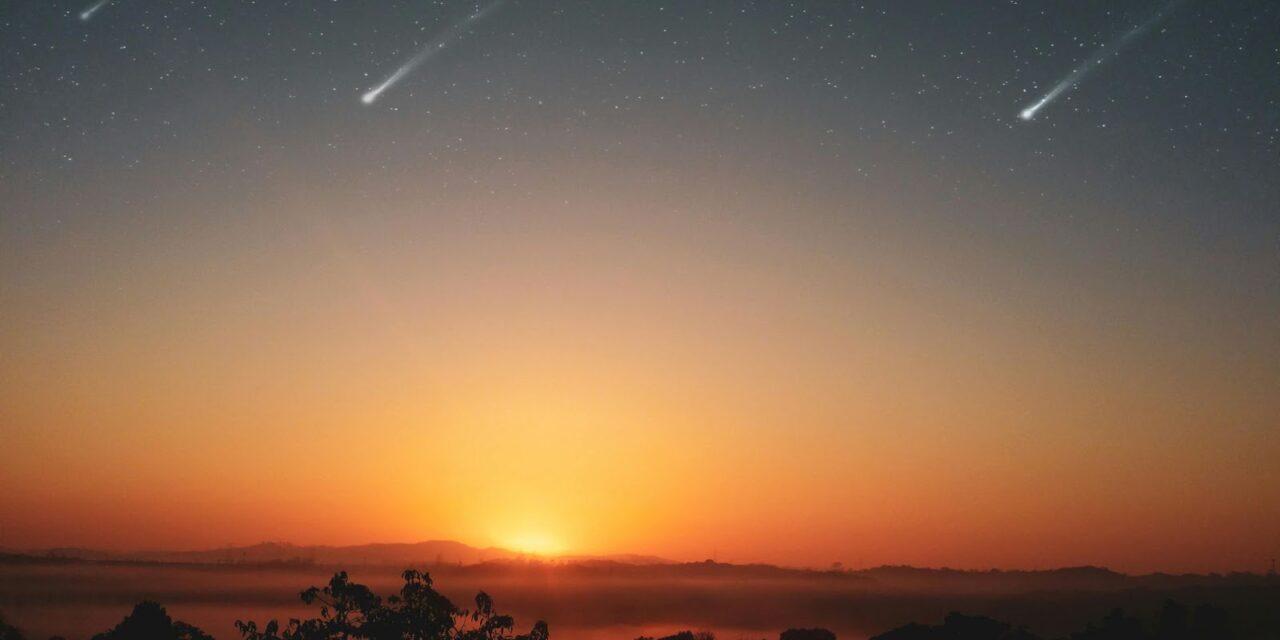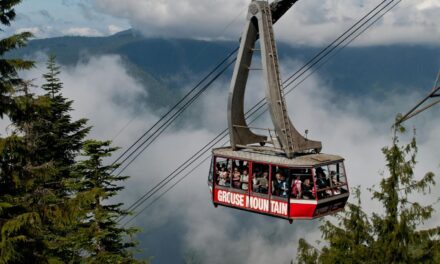Meteor showers have fascinated humanity for centuries, lighting up the night sky with streaks of shimmering light. For those living in Canada, these celestial events provide a magical opportunity to connect with the universe and experience nature’s own fireworks show. Whether you’re a casual sky watcher or a dedicated astronomy enthusiast, knowing when and where to see meteor showers in Canada can make all the difference.
In this blog, we’ll explore the most notable meteor showers visible from across Canada, tips for the best viewing experience, and the science behind these dazzling displays.
What Are Meteor Showers?
Meteor showers occur when the Earth passes through a trail of debris left behind by comets or asteroids. As tiny particles—called meteoroids—enter the Earth’s atmosphere at high speeds, they burn up and create bright streaks of light known as meteors, or “shooting stars.” When these meteors appear in large numbers over a short period, it’s called a meteor shower.
Each meteor shower has a radiant point in the sky—usually named after the constellation where it appears to originate—and they tend to occur at roughly the same time each year.
Major Meteor Showers Visible in Canada
Canada’s vast geography and relatively dark skies in many regions make it an excellent place to view meteor showers. Here are some of the top meteor showers Canadians should mark on their calendars:
1. Perseids (Mid-July to Late August)
One of the most famous and reliable meteor showers, the Perseids peak around August 11-13 every year. This shower originates from the Swift-Tuttle comet and is known for producing bright meteors with persistent trails.
In Canada, the Perseids are visible from most locations, but for the best experience, find a dark spot away from city lights, especially in rural or northern areas. The peak is usually late at night or in the early morning hours, so plan to stay up late!
2. Geminids (Early to Mid-December)
The Geminids are considered one of the most spectacular meteor showers of the year, often producing up to 120 meteors per hour at peak. Originating from the asteroid 3200 Phaethon, this shower peaks around December 13-14.
Because of the timing in winter, viewers in Canada may need to bundle up and choose a clear, cold night. The Geminids are visible across Canada and are best observed after midnight until dawn.
3. Quadrantids (Late December to Early January)
Though shorter in duration, the Quadrantids can deliver an impressive display, peaking around January 3-4. This meteor shower is named after a now-defunct constellation but remains a favorite for winter skywatchers.
Visibility in Canada is good, especially in areas with minimal light pollution. Dress warmly and watch the sky just after midnight for the best chance to see these meteors.
4. Lyrids (Mid to Late April)
The Lyrid meteor shower peaks around April 22-23 each year and is known for bright, fast meteors with occasional fireballs. The source is Comet Thatcher, and the radiant is in the constellation Lyra.
Springtime viewing in Canada means milder temperatures and often clearer skies. Lyrids are visible nationwide, making this a great shower for beginners.
Best Places to Watch Meteor Showers in Canada
Canada’s vast wilderness offers numerous excellent locations for meteor shower viewing. The key to a great experience is finding a dark sky spot away from city lights, with a clear, unobstructed view of the sky.
Here are some popular spots:
- Banff National Park, Alberta: Known for its pristine wilderness and minimal light pollution, Banff offers spectacular night skies.
- Jasper National Park, Alberta: Jasper is a designated Dark Sky Preserve, making it a top destination for stargazing.
- Killarney Provincial Park, Ontario: Located away from urban centers, Killarney provides excellent dark skies for meteor watching.
- Gros Morne National Park, Newfoundland: Remote and rugged, Gros Morne is perfect for seeing meteor showers with minimal interference.
- Dark Sky Preserves across Canada: Many parks and reserves have Dark Sky Preserve status, including Elk Island, Point Pelee, and others, all offering great conditions.
Tips for Enjoying Meteor Showers in Canada
- Check the Moon Phase: Bright moonlight can wash out faint meteors. The best meteor showers coincide with a new moon or when the moon sets early.
- Dress Warmly: Especially for fall, winter, and early spring showers, temperatures can drop significantly at night.
- Bring a Comfortable Chair or Blanket: You’ll want to look up at the sky for extended periods without discomfort.
- Give Your Eyes Time to Adjust: It takes about 20-30 minutes for your eyes to fully adjust to the dark, so avoid looking at phones or bright lights.
- Be Patient: Meteor showers can be unpredictable. The best displays may last only a few minutes or spread out over several hours.
- Stay Safe: If you’re in a remote location, bring supplies, let someone know where you are, and be aware of wildlife.
Why Are Meteor Showers Special?
Meteor showers are a unique way to connect with the cosmos and witness a natural phenomenon that has inspired wonder for thousands of years. Unlike planets or stars that stay fixed in the sky, meteors blaze brightly and disappear within seconds, offering a thrilling, dynamic experience.
For Canadians, meteor showers also serve as a reminder of the country’s vast and beautiful night skies, often obscured in urban areas but still stunningly clear in rural and protected locations.
Conclusion
Meteor showers are among the most accessible and awe-inspiring astronomical events anyone can witness, and Canada’s geography and dark skies make it an ideal place to enjoy them. From the dazzling Perseids in summer to the brilliant Geminids in winter, these natural light shows invite us to pause and look up.
Whether you’re a seasoned stargazer or simply want to experience the magic of a meteor shower for the first time, planning your viewing with the right timing, location, and preparation will make the event unforgettable.
Keep an eye on meteor shower calendars each year, grab some warm clothes, and head out under the night sky to catch these beautiful streaks of light.











